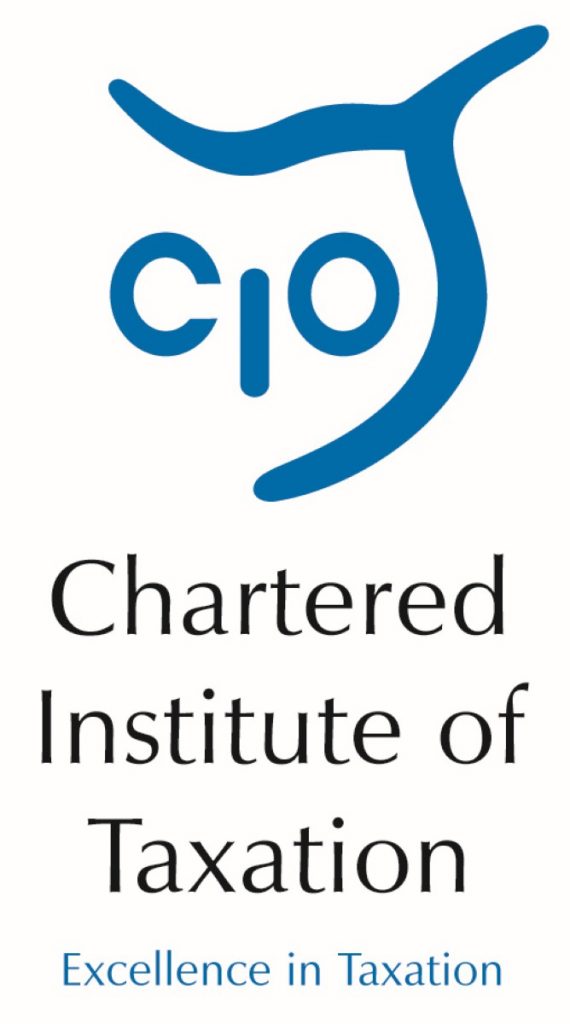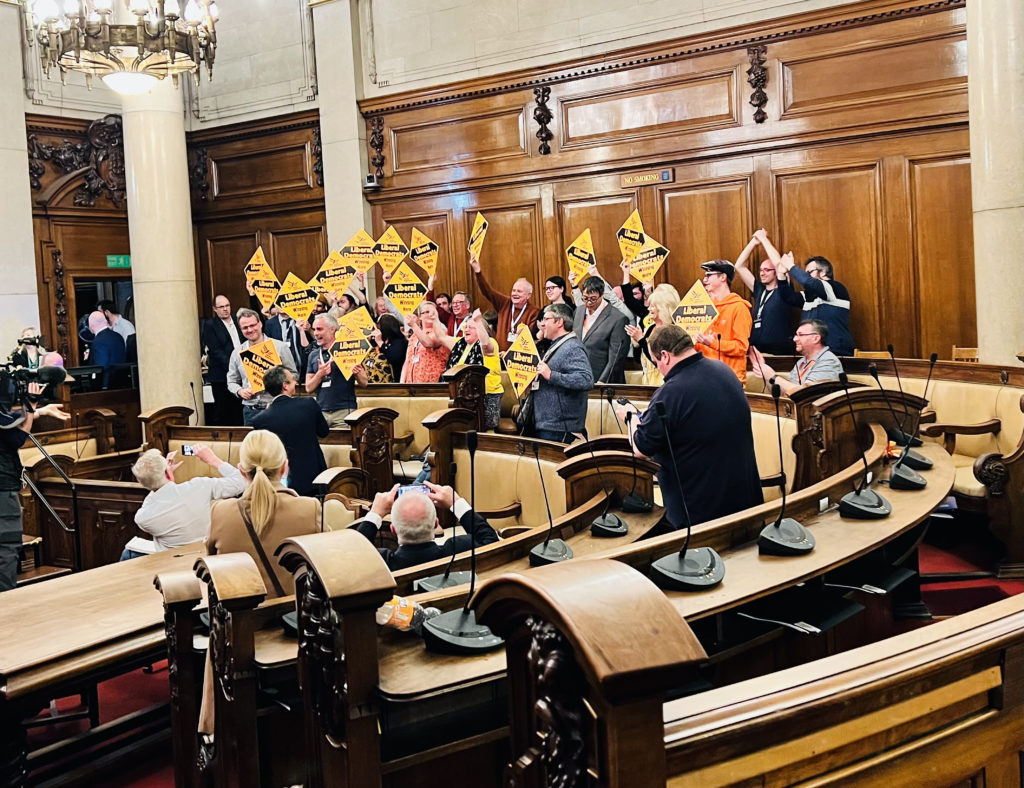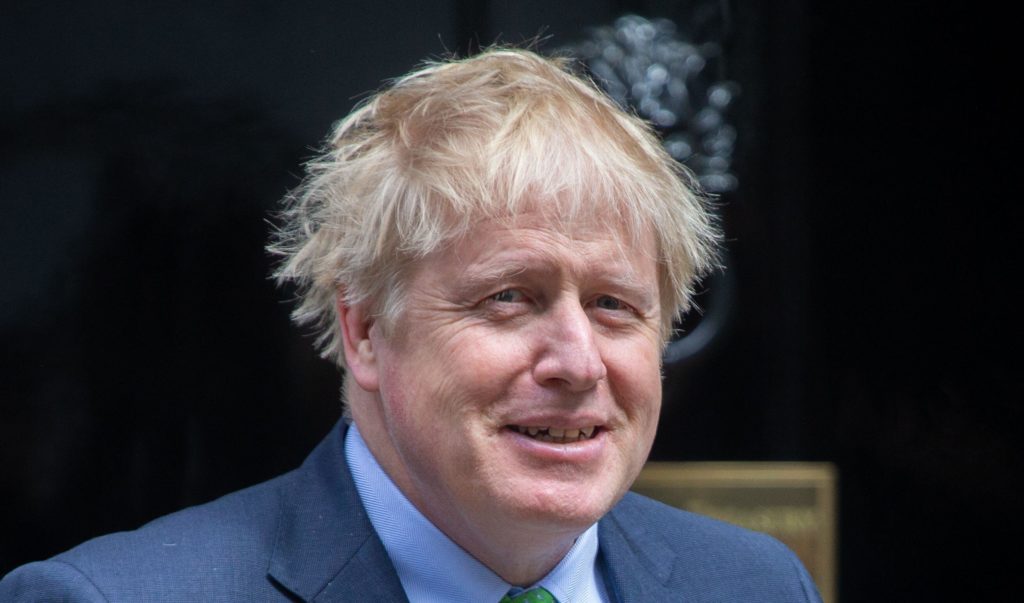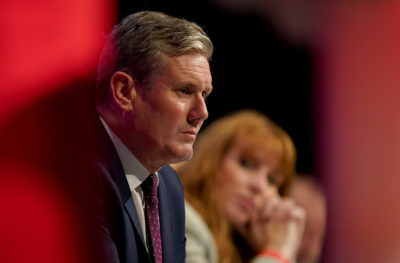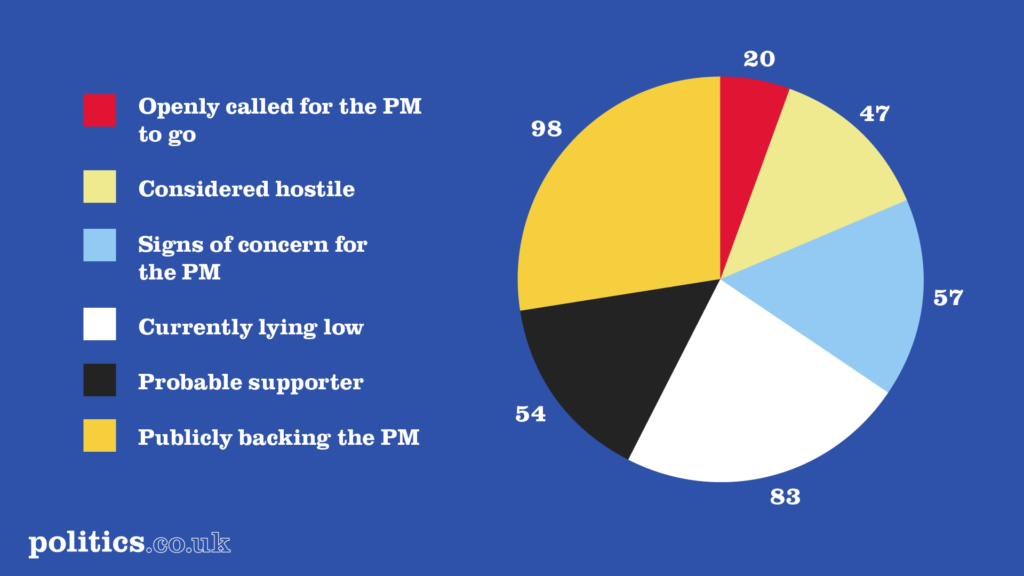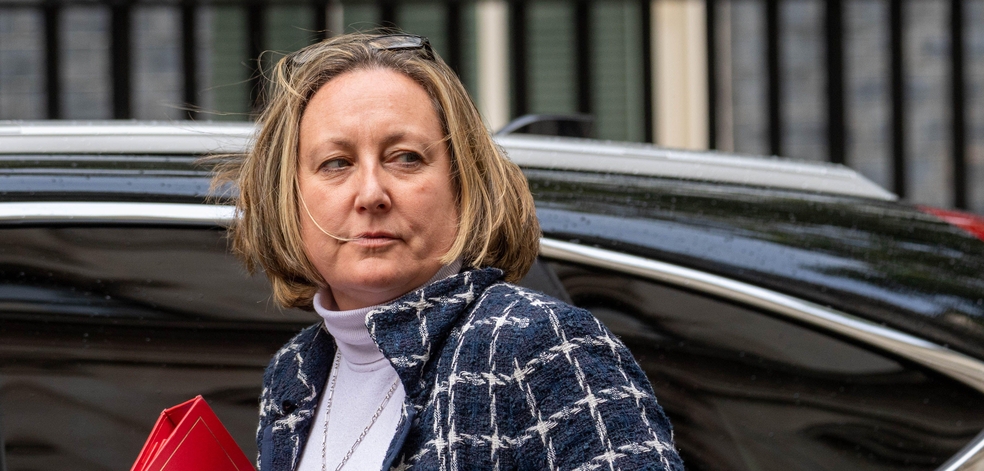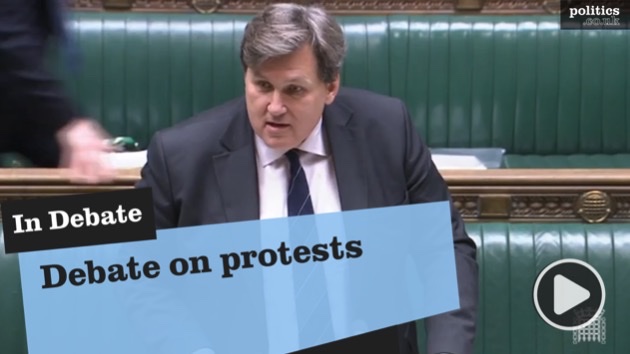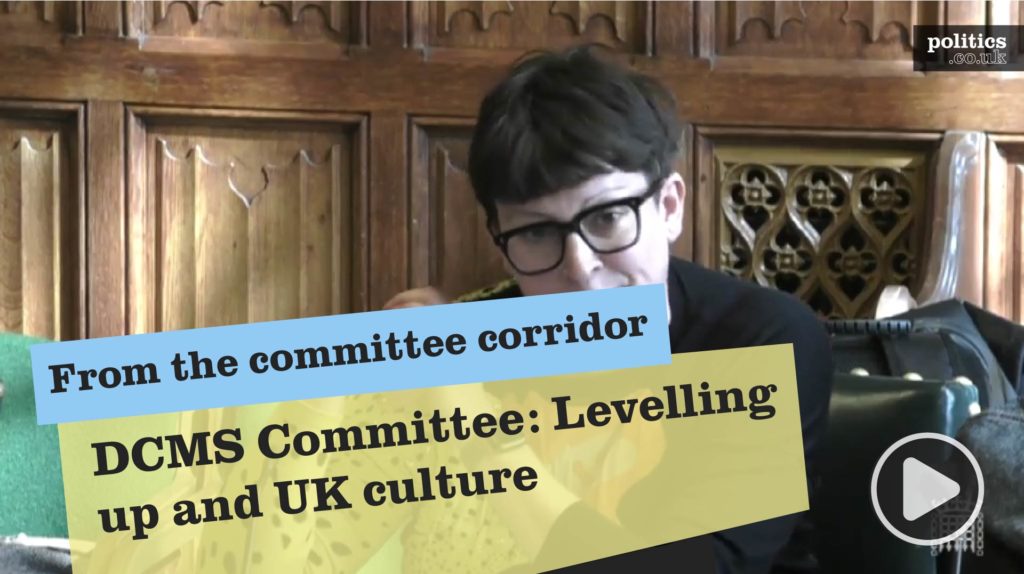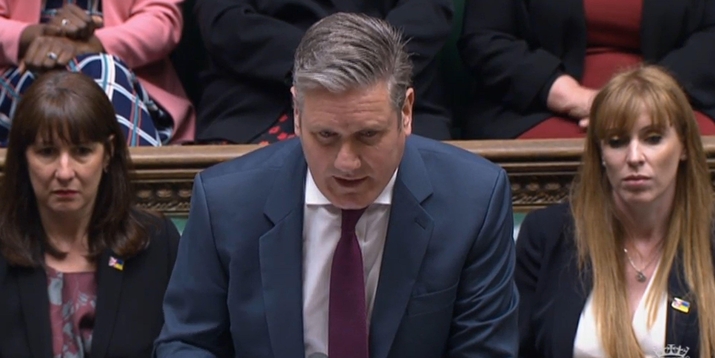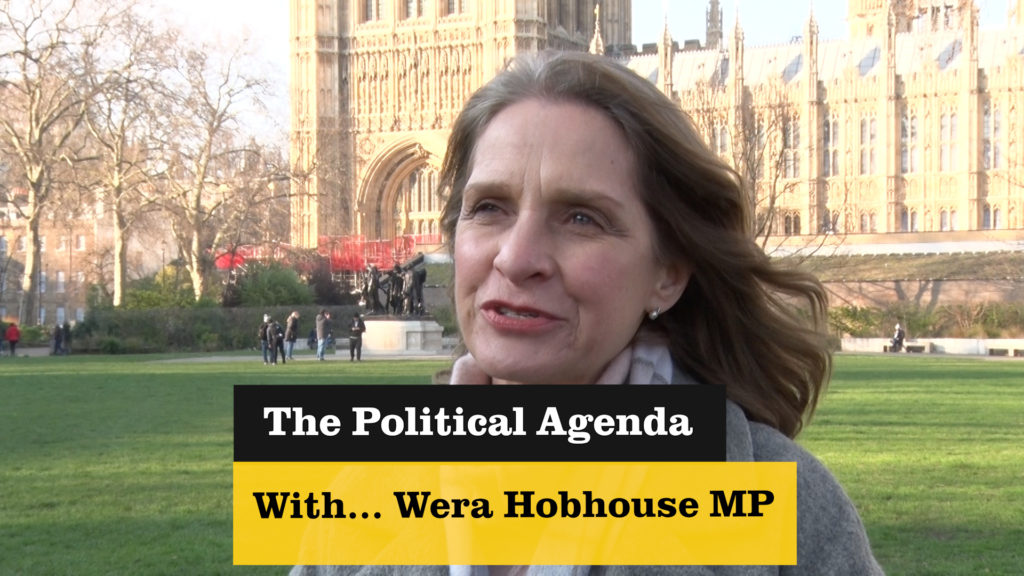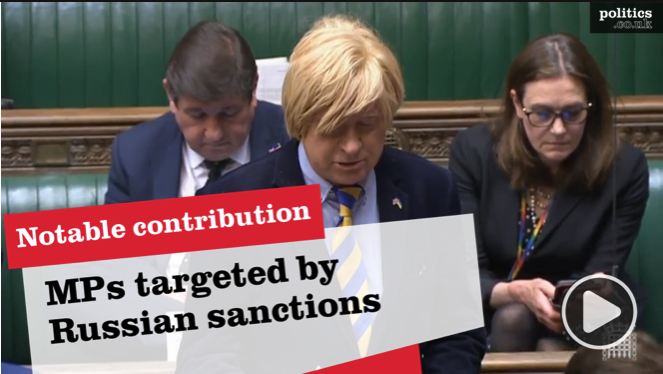What are interest rates?
Interest is the ‘cost of borrowing’ and the ‘reward for saving’ expressed as an annual percentage.
The interest rate is the percentage charge on the amount you borrow and the percentage gain on the amount you save.

The UK’s historic low interest rates have made saving less attractive.
The Bank of England sets the bank rate (or ‘base rate’) for the UK. In the news, it’s sometimes called the ‘Bank of England Base Rate’ or even just ‘the interest rate’.
Alterations in the ‘bank rate’ change the cost of borrowing from the Bank of England which, in turn, feeds through to the interest rates that UK banks are willing to set.


If the base rate goes up, likely lenders will want to charge more borrowers more, as their own cost of borrowing from the Bank of England rises.
For those on a variable rate mortgage or tracker mortgage, rather than those borrowing on a fixed rate mortgage, a change in the Bank of England’s bank rate, feeds through into higher monthly mortgage bill. Any new borrower is also likely to find the interest payment cost they face on any future loan will be higher.
Similarly, if there is an interest rate rise from the Bank of England, savers would expect to see the savings interest they earn from their savings account to increase.
Current interest rates
In March 2022, the Bank of England raised interest rates from 0.5% to 0.75%. They had previously risen to 0.5% in early 2022.
Previously, in December 2021, the Bank of England increased interest rates for the first time in three years, with an increase from 0.1% to 0.25%. This was in response to inflation surpassing 5% in the fourth quarter of 2021. The decision was projected to add £15 per month to the typical monthly repayment for someone on a variable rate mortgage.
In 2017, there was a very slight rise in interest rates back to 0.5%, but with the onset of the COVID-19 pandemic, rates were reduced to 0.25% on 11 March 2020 and, again, to 0.1% on 19 March 2020.
https://pukdevelop.wpengine.com/news-in-brief/bank-of-england-hikes-interest-rates-for-first-time-in-three-plus-years/
https://pukdevelop.wpengine.com/news-in-brief/interest-rates-decision-risks-damaging-bank-of-englands-credibility-says-think-tank/
Who sets UK interest rates?
The Bank of England (the UK’s central bank) has the responsibility for monetary policy.
The Bank of England’s Monetary Policy Committee (MPC) is the specialised economic advisory panel that is responsible for setting the UK’s short-term base/bank rate. The framework under which the Committee sets monetary policy is laid down by a remit letter sent annually by the Chancellor of the Exchequer to the Governor of the Bank of England.
There are nine members of the Monetary Policy Committee: the Bank’s Governor, the two Deputy Governors, the Chief Economist, the Executive Director for Market Operations and four external members appointed by the Chancellor of the Exchequer. Each member has expertise in the field of economics and monetary policy. A Treasury representative attends meetings to ensure that the MPC is fully briefed on fiscal policy.
The Monetary Policy Committee convenes and announces policy eight times a year (every 6 weeks). It considers a broad range of economic data before publicly announcing its revised decisions on interest rates. It can take as long as two years for monetary policy to feed through into the behaviour in the UK economy so MPC members consider the economic outlook for the forthcoming years. Decisions are taken on the basis of a majority vote.
Debates over interest rate policy
Over the years there has been a broad degree of consensus that the Monetary Policy Committee has been a success, exemplified by the subsequent period of consistently low interest rates. Since the Bank of England was given independence in 1998, governments of all colours have accepted this as the new status quo.
Those critical of an independent Bank of England nonetheless point out that the Bank’s success in controlling interest rates and inflation, has though occurred during a wider period in which most advanced economies all had low and stable inflation despite varying degrees of central bank independence.
Since the ‘Great Recession’ of 2008/2009, the bank rate has remained at historic lows of 0.75 – 0.1%. In the 1990s and early 2000s, the bank rate hovered between 5% and 7.5%.
Despite this, there is not overwhelming evidence that demand or economic growth – either short or long-term – has been influenced by the low bank rate. Some analysts argue that Britain is heading towards, or is already in, a ‘liquidity trap’. A liquidity trap is when monetary policy becomes ineffective because, despite very low interest rates, consumers opt to hold/save their money.
Experts have also begun to consider the effectiveness of ‘negative interest rates’. The logic of negative interest rates is the same as cutting rates in normal times: to encourage lending, spending and investment across the economy. If this move was ever taken in the UK, it would be the first time in the Bank of England’s 326-year history that its main interest rate would be in negative territory.
History
Before 1998, it was the government who had the responsibility for setting monetary policy and the bank rate. Rates could hence fluctuate greatly and there was criticism that governments would lower interest rates in election periods in order to encourage short-term economic growth. Between 1970 and 1990, UK interest rates fluctuated between 5% and 17%.
The government of Margaret Thatcher used a higher interest rate as part of its economic armory in the fight against inflation.
Following ‘New Labour’s’ win at the 1997 General Election, the new Chancellor Gordon Brown handed control of the base interest rate to the newly independent Bank of England.
From 2003-2007, interest rates were raised by the Bank of England’s Monetary Policy Committee to reign in a perceived over-inflating economy. Rates rose from 3.5% in July 2003 to 5.75% in July 2007.
Following the global financial crisis of 2008-2009, the base interest rate fell to its lowest level for 300 years. From a level of 5.75% in July 2007, interest rates fell to 0.5% by March 2009, with a further fall to 0.25% in August 2016.

